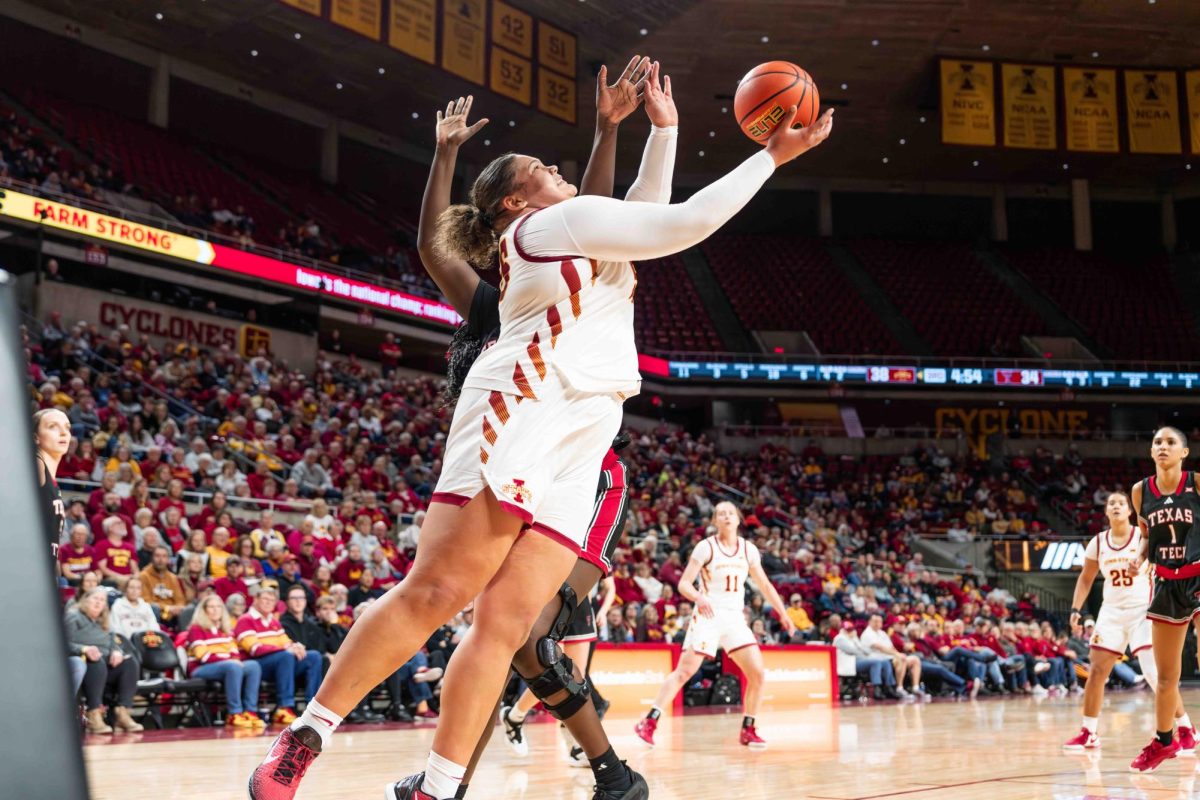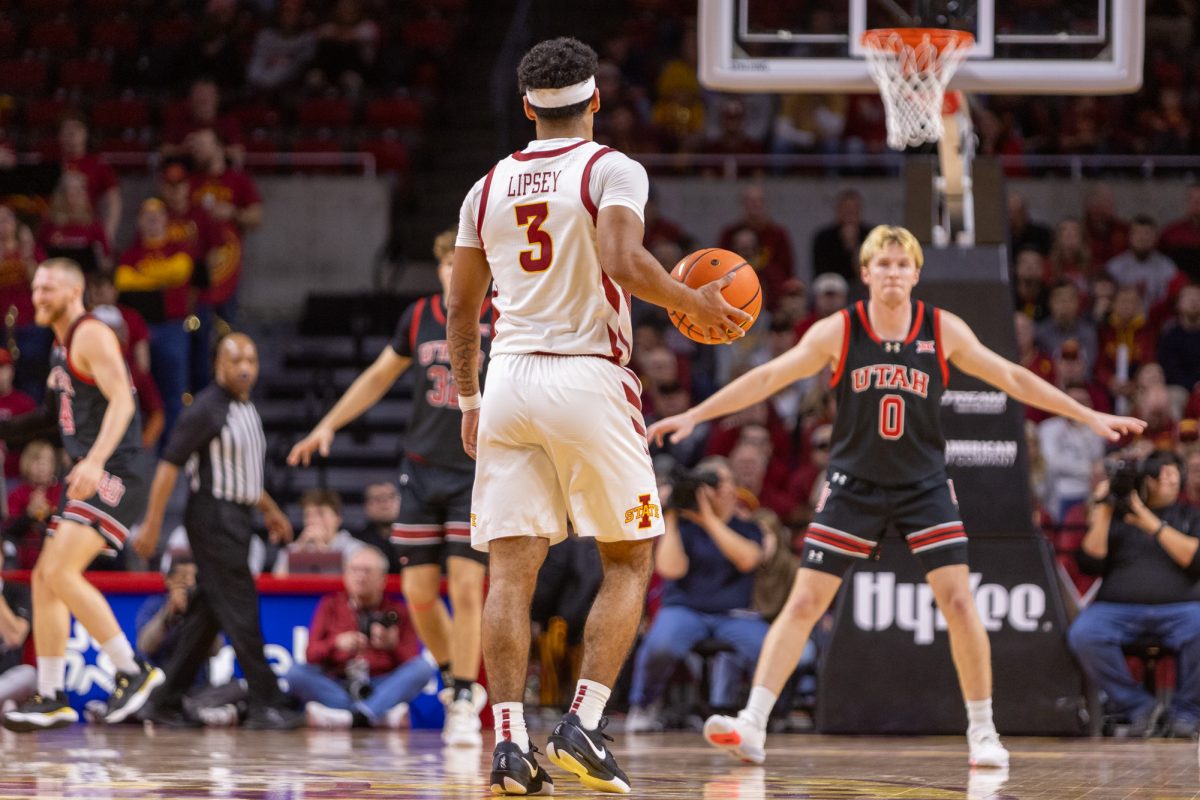‘Gender 101’ focuses on acceptance
March 27, 2003
The textbook definition of “transgender” would encompass all manifestations of crossing gender barriers. For Debra Davis, the definition goes much deeper.
Davis, a retired transgendered librarian from Minneapolis, spoke of her struggles and her life experiences to about 50 people Wednesday in the Sun Room of the Memorial Union. Her presentation, “Gender 101,” was part of the Awareness Days sponsored by the Lesbian, Gay, Bisexual, Transgender and Ally Alliance.
Davis said she has presented her story several times since she transitioned from male to female in 1998.
“I left school on a Friday as David, and came back the following Monday as Debra.”
I was switching personas multiple times daily, and it just made me crazy,” she said. “I finally realized that I needed to transition at work.”
Davis said the transition from male to female in a public school district was rough at first.
“The school board panicked,” she said. “But then I reminded them that the Minnesota Human Rights Act protects transgendered people, and they backed down.”
Davis said she knew she was transgendered at a very early age, but did not come out until recently. She said she remembers envying the girls wearing dresses at church as she sat in her shirt and tie as a young boy.
“I kept those feelings very secret, because I thought they were wrong,” she said. “I thought they would just go away.”
Davis said recalling the first memory of dressing in the clothes of the other gender is common for many transgendered individuals.
There are several commonalities between people who are transgendered even though they are a diverse group, Davis said.
Other commonalities include often feeling different and wondering why, keeping feelings secret and thinking those feelings will go away.
Davis said she remembers trying to make her feelings go away by joining a fraternity in college.
“I was actually the president of my fraternity,” she said. “What would they think of me now?”
Davis said most transgendered persons are closeted as she was for some time. She said most are closeted cross-dressers, but there is no typical transgendered person.
“Transgendered people are a very inclusive group,” she said. “You don’t have to fit a certain mold.”
One’s sexual make-up is explained using four categories, Davis said. Those are genetic sex, gender, sexual orientation and presentation or social role.
“Genetics are what you’re born with; gender is which sex you think you are; sexual orientation is who you’re attracted to, and social role is how you present yourself,” she said. “I can tell you that I was not born female, but there is a definitely a woman standing up here tonight.”
Davis said there are many misconceptions society places on transgendered individuals. She said her goal with her presentations is to clear up those misconceptions and take away the mystery behind being transgendered.
“First off, none of us feel that we are just men in dresses,” she said. “And we don’t all want to change our body parts to those of the other sex.”
Davis estimates one to five percent of the population is transgendered, and less than one-tenth of one percent want to change their body parts.
Most people who are transgendered never talk about it because they fear for their safety, Davis said.
“Seventeen percent of transgendered people actually commit suicide,” she said.
Victor Raymond, graduate student in sociology and member of the LGBTA Alliance, said Davis is “out, proud and visible.”
“I’m pleased that she is here tonight,” he said. “She’s a wonderful person.”
Kedrin Moser, sophomore in psychology, said she agreed.
“I love her. She is the most fascinating person I’ve ever met,” she said. “You can tell when someone is a good person, and she is definitely a good person.”






